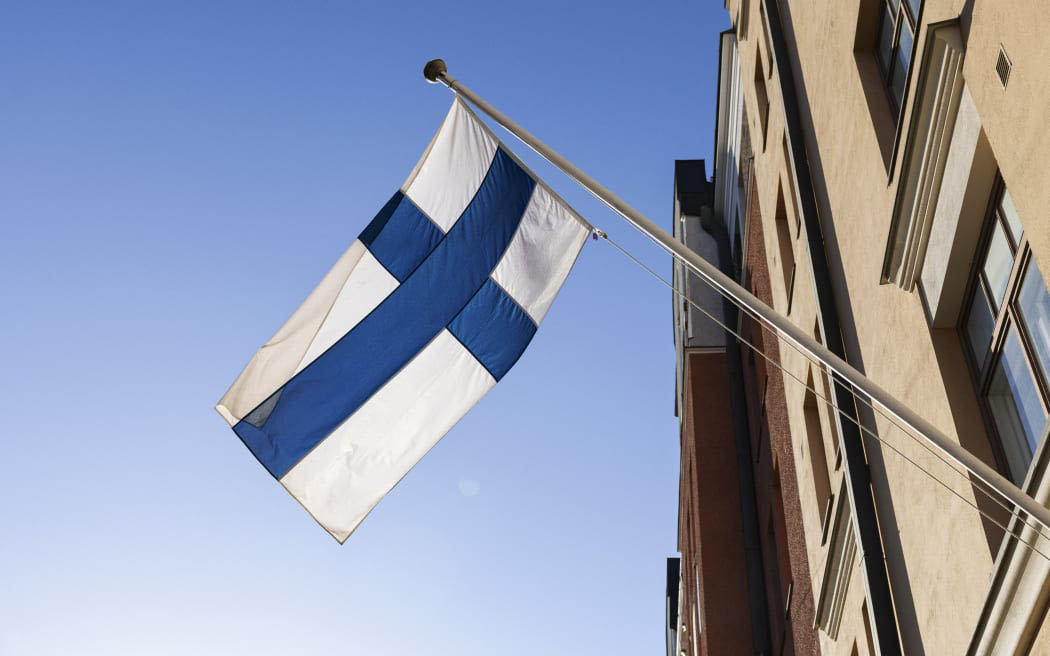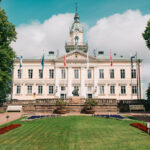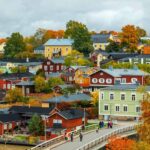Finnish culture is highly unique. Many customs and traditions might seem strange to foreigners, but they are entirely ordinary for Finns. Writing about Finnish culture is not so easy, especially as a foreigner, but in this article, FinlandQ will introduce you to the most known aspects of Finnish culture that will be useful for you before traveling or immigrating to this country.
History and General Aspects of Finnish Culture
The ancestors of Finns come from the Uralic region, much like Estonians and Hungarians, who all belong to the Finno-Ugric language family. In an area that is now called Finland, there used to be a land under Swedish rule. Swedes held important positions in this country at the time. The Finnish language was suppressed, and the language of the educated and powerful was Swedish. In those days, there were no schools teaching in Finnish. The first university in Finland was founded by the Swedes in the then-capital, Turku.
When the Russians emerged victorious in the war between Finland and Sweden, Finland fell under Russian rule and became an autonomous Grand Duchy (1809). Finland has been an independent country since 1917. A smaller population lives in the northern regions of the country, and larger cities are located in the south. Currently, the population is increasing more and more around Helsinki, as many Finns consider Helsinki and its surroundings as their place of residence, even if they live in Espoo or Vantaa. With a population of 200,000, Tampere is the largest inland city in Scandinavia and is likely to have the least influence of the Swedish language among large Finnish cities. In this city, all street signs are in Finnish only, while in the south, most of them are in Swedish. On the other hand, in Lapland, the Sami language is often used.
Due to the constant rule by foreigners, Finns often preferred to live in the woods or small villages rather than in cities, which were mostly located on the coast and more exposed to the rule of the Swedes or Russians. Rural migration did not happen until the 1950s. Despite the presence of paper mills and textile industries from around 1800, more than half of the population were still involved in agriculture in the 1950s. Finns have been emphasizing literacy since the late 19th century in order to strengthen the Finnish language. Currently, Finland has two languages, with less than 6% of Finns speaking Swedish as their mother tongue.
Given the prevailing climatic conditions in Finland and the world of animals and plants, it is entirely natural for the Finnish to be patient and endure hardships. In addition to having high resistance to the negative conditions of life, Finns are very humble, modest (perhaps even shy), and sincere. Honesty is historically explained by the fact that since Finland was a small region, no one could deceive others because if someone found out about his lie, no one else wanted to deal with him. This has made a significant part of Finnish culture to emphasize sincerity, and people attach special importance to this moral quality.
In Finnish culture, theft has no meaning, and high security is visible in various areas of life. For example, if you leave your mobile phone in a cafe, a genuine Finn will undoubtedly return it to you.
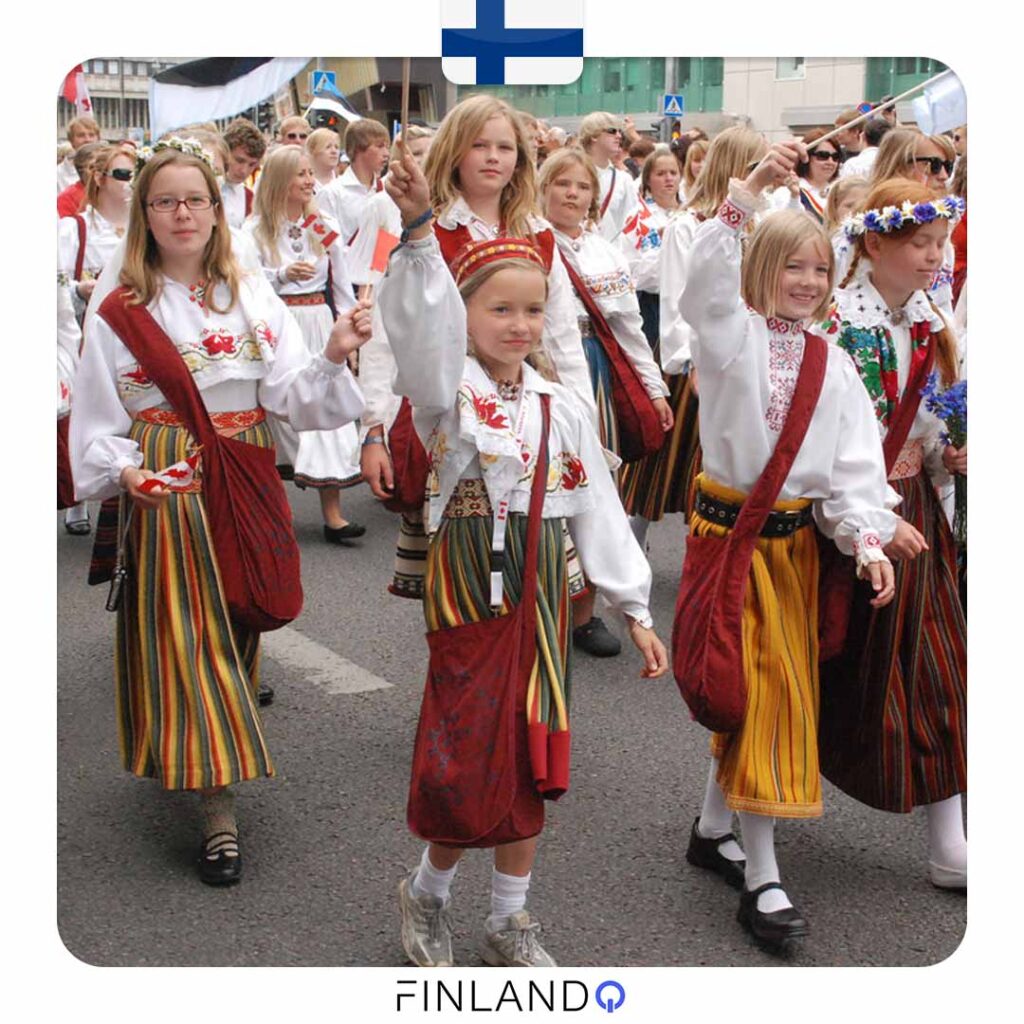
Finnish Personality Traits
The personality traits of the Finnish are quite different from the typical traits of many other countries. For example, while people in other countries prefer to socialize and talk to others, the Finns avoid social positions and prefer to create good times for themselves without being dependent on a crowd.
Although the Finns often seem silent, it does not mean that they are not warm-hearted. Finns believe that they should break the silence only when they have something valuable to say. Finns are often very punctual in their work. Work is done quietly, quickly, and conscientiously. This is why Finns and Japanese people are usually good colleagues or partners, as the characteristics of the people of these two countries are very similar to each other. Finns are very punctual and do not want to be late for a meeting.
If you compare Finns with people from other countries, you can see really significant differences. For example, a Spaniard may be late for a meeting, such as half an hour, because he has seen a distant friend on the street by chance. He has not even felt the passing of time, but if a Finn is in the same situation, he will tell his friend that he is late for a meeting and continue his way.
Land of Thousands of Lakes Reflected in Finnish culture
Finland boasts a multitude of lakes, rivers, and coastal areas. These landscapes are deeply ingrained in Finnish culture, inspiring many artists in their works. Many painters depict the lakescapes, and numerous composers incorporate elements of water in their compositions. For instance, the beloved author Kalle Päätalo spent most of his life near the Iijoki River, a theme evident throughout his works. Finns hold their cultural heritage, especially traditions, in high regard. For instance, the sauna has always been a part of Finnish culture, and to this day, many Finns visit the sauna at least once a week. Finns often prefer domestically-produced goods. You’ll find Marimekko textiles and Iittala glassware in Finnish homes. For Finns, these items carry more than utilitarian value; they hold significant cultural worth.
Many Finnish cultural traditions have close ties to the wartime events of the early 1940s. After the war, Finland was in ruins, and its society was predominantly agrarian. Yet the country was reconstructed and, at the same time, war reparations were paid off, eventually propelling Finland towards industrialization.
Finns take great pride in their achievements and the knowledge of their small nation. They may not boast about it loudly, but for a Finn, it’s enough if another Finn understands. The accomplishments and works of many great Finns will be intriguing even on the international stage. Some Finns have achieved global fame, such as Jean Sibelius, whose compositions are heard worldwide.
Finnish Literature
Any discussion of Finnish literature must start with the “Kalevala,” the national epic of Finland. Elias Lönnrot, in the mid-19th century, compiled folk songs and wove them together into the epic “Kalevala.” He claimed he merely laid the pieces together, but in reality, he created a completely new work. One of Finland’s greatest authors is Aleksis Kivi, who wrote the novel “Seven Brothers,” influenced by an educational campaign at the end of the 18th century. Other famous Finnish names include Minna Canth, the first woman to study in Finland, and Mika Waltari. Väinö Linna, with his novel “The Unknown Soldier,” provided the basis for a movie shown annually on Independence Day.
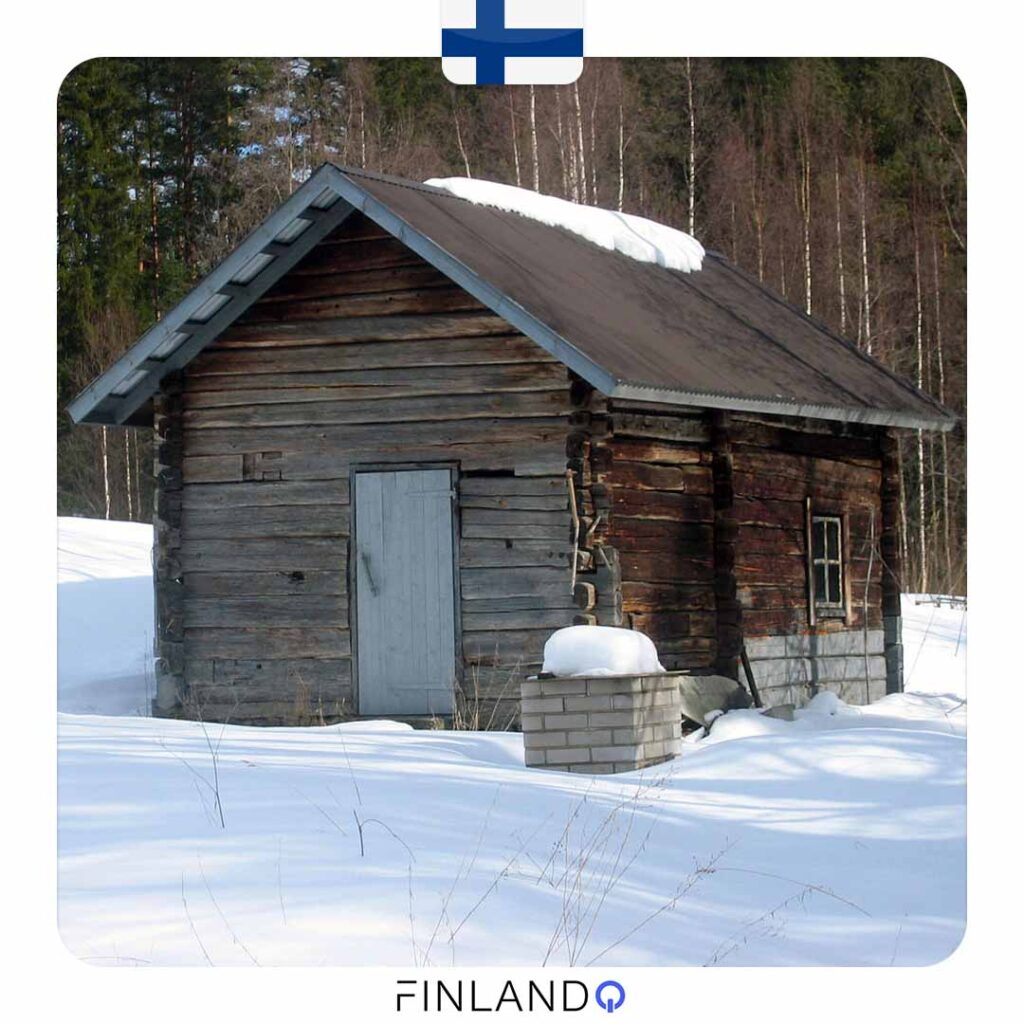
Finnish Music
There was no classical music tradition in Finland because the country had been under the dominion of neighboring nations for a long time. The most significant composer in this path is Jean Sibelius (1865-1957). His most famous piece, “Finlandia,” is considered an honorary national anthem. Today, young talents in classical music study at the Sibelius Academy to pave the way for future generations. Larger cities have their own orchestras, and Savonlinna hosts grand opera festivals every year.
Finland is a country where people love tango. However, Finnish tango is not as energetic as the Argentinean tango but rather emotionally charged. Each year in Seinäjoki, the “Tango Capital,” the Finnish king and queen of tango are chosen. They have to not only dance but also sing. In Finland, jazz music is highly popular, with the most famous Finnish jazz festival held annually in Pori.
Finnish bands that sing in Finnish often struggle to gain recognition on the international stage. Still, they are beloved in Finland. One of the oldest ones is “Eppu Normaali,” which has a substantial fan base within the country. Many Finnish groups and artists have achieved worldwide fame and brought Finnish culture abroad. Prominent internationally known bands include HIM, Nightwish, and Children of Bodom.
Finnish culture : Art
An artist every Finn should have heard of at least once is Akseli Gallen-Kallela. His most famous paintings can be found at the Ateneum Art Museum in Helsinki. Some of his mural paintings, based on his designs, are in Tampere Cathedral. There is no Finnish museum that can rival the Louvre, Prado, or the Hermitage. Finland is a small country, and not many people visit museums.
Finland Today
Today, Finnish culture is prominently reflected in numerous buildings designed by the renowned architect Alvar Aalto. Aalto’s name is certainly familiar to all Finns, as he has designed several significant buildings with unique architecture that will capture the eye of any observer. His most famous piece might be the Aalto vase, part of many Finnish households. If you take a look at the most famous buildings designed by Alvar Aalto, you will see the Finlandia Hall in Helsinki. Many tourists can be spotted in front of Finlandia Hall taking photos and enjoying their time.

